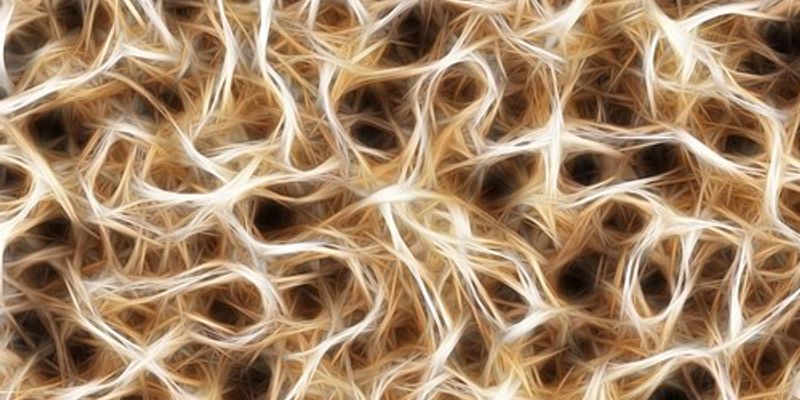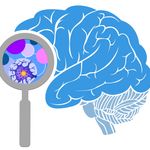Sensory Systems
Sensory Systems: the sensory system is part of the nervous system and is responsible for processing sensory information. It consists of sensory receptors, neural pathways and parts of the brain that are involved in sensory perception. Some of the common sensory systems are vision, hearing, somatic sensation or touch, taste and olfaction or smell.
-
JUL 14, 2022 | 8:00 AMDate: July 14, 2022 Time: 8:00am (PDT), 11:00am (EDT), 5:00pm (CEST) Sensory perception is modulated in a top-down fashion by higher brain regions to regulate behavioral responses. In olfact...Speaker: Prof. Ulrich Kubitscheck , Dr. Martin Schwarz , Juan RodríguezSponsored By: Miltenyi BiotecIn 1910, Harrison published the first report of frog embryonic sympathetic ganglia grown in hanging drops of lymph for a few days, where single neurons extended nerve fibers with complex gro...Speaker: Erna van Niekerk, Ph.D.
Recent advances in machine learning have shown that deep neural networks (DNNs) can provide powerful and flexible models of neural sensory processing. In the auditory system, standard linear...
Over 40 tandem repeats undergo expansion events that lead to neurological disease. This number is likely an underestimate as many repeats are difficult to amplify using existing short read s...
Speaker:
Paul Valdmanis, PhD
JUN 30, 2020 | 9:00 AM
DATE: June 30, 2020 TIME: 9:00am PDT, 12:00pm EDT QC laboratories perform a critical role in demonstrating pharmaceutical products are consistently manufactured, safe, potent, and pure. At t...
This symposium will feature presenters whose research, jointly considered, may propel machine learning (ML) beyond statistical pattern matching to dynamical multi-scale interpretations. Key...
Speaker:
Organizer(s): Grace M. Hwang
MAY 12, 2020 | 9:00 AM
NEW DATE: Date: May 12, 2020 Time: 9:00am PDT, 12:00pm EDT...
Working memory (the ability to hold some information in mind for a few seconds, and to manipulate that information) and decision-making (committing to one out of multiple possible choices) a...
Speaker:
Carlos Brody, PhD
, Ben Engelhard, PhD
, Stephen Keeley, PhD
, Marlies Oostland, PhD
, Lucas Pinto, MD, PhD
, Adrian Wanner, PhD
, Ilana Witten, PhD
Presented at: Neuroscience Virtual Event Series 2020
Learning is often an emotional process. Emotional stimuli with different valences, such as threat and reward, can transform an otherwise neutral sensory input into one that can trigger disti...
Approximately 300,000 people in the United States have a spinal cord injury with many of these individuals experiencing permanent motor and sensory deficits. For individuals with cervical sp...
Speaker:
Robert Gaunt, PhD
, Michael Boninger, MD
, Jennifer Collinger, PhD
Presented at: Neuroscience Virtual Event Series 2020
Brain machine interfaces (BMIs) aim to help patients with paralysis to use their recorded brain activity to control assistive devices. BMI research requires the collaboration of neuroscienti...
Speaker:
Tyson Aflalo, PhD
, Richard Andersen, PhD
, Spencer Kellis, PhD
, Charles Liu, MD, PhD
Presented at: Neuroscience Virtual Event Series 2020























